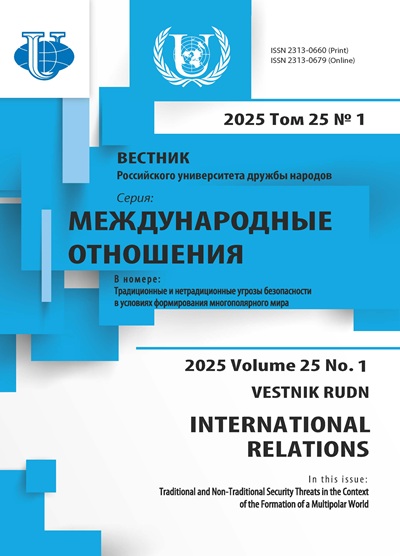Abstract
The article discusses driving forces behind the changing strategies of the bilateral donors of international development assistance. It considers the donors that have adopted their strategies in 2014-2016. The group comprises mainly traditional development actors, however a new European donor Poland and a reemerging donor Russia have also made it into the sample. To identify the changing narratives and potential driving forces behind them the strategies were analyzed in pairs: a strategy adopted in 2014-2016 and its predecessor. Based on the analysis four clusters of the potential driving forces were identified: new global development agenda, security concerns, economic interests and foreign policy considerations. The article demonstrates how donors are becoming more open about their security and political interests in provision of development aid. This trend is especially visible in countries such as the U.K., Japan, Russia, and Switzerland. Australia seems to prioritize the economic dimension of the mutual interest in development assistance. Finland, Germany and Poland are adhering to the global sustainable development agenda.











